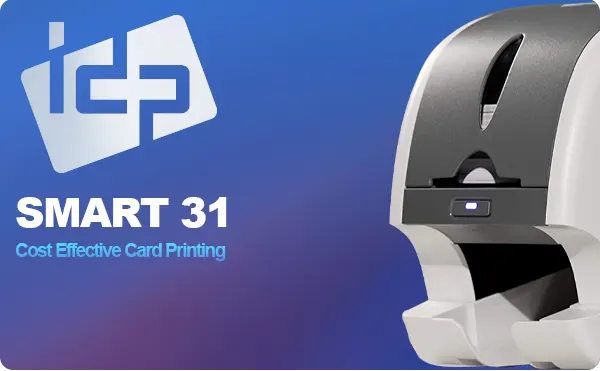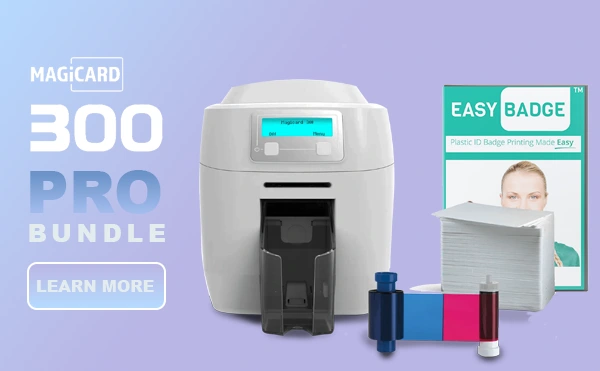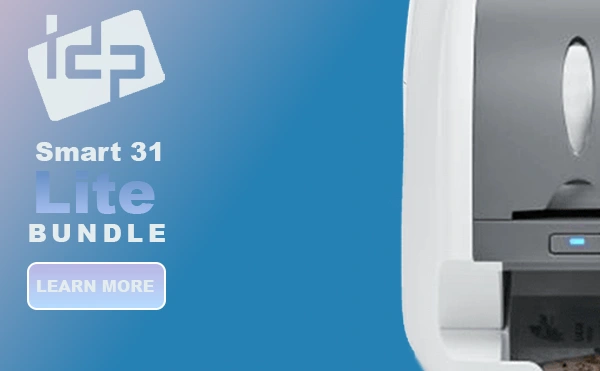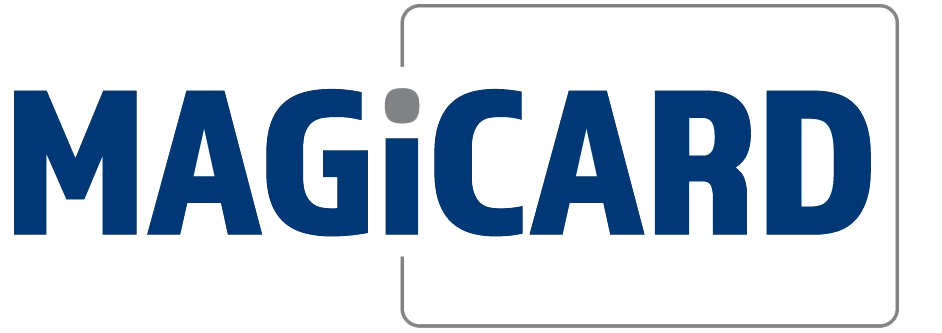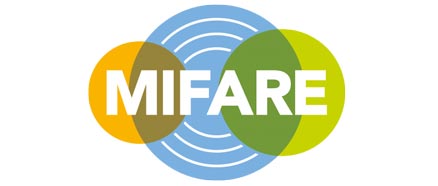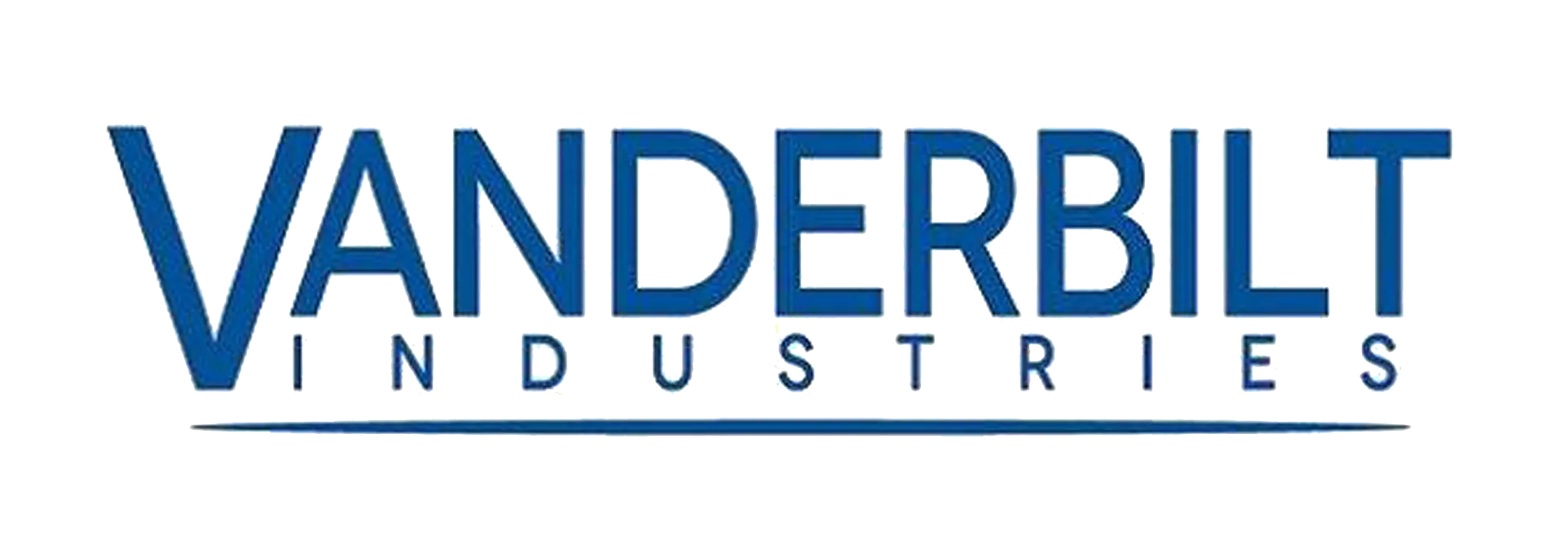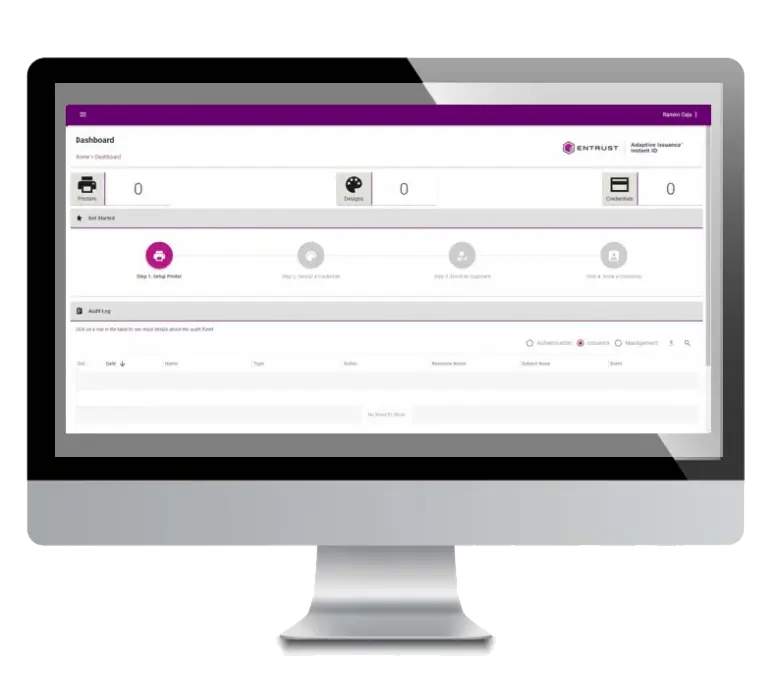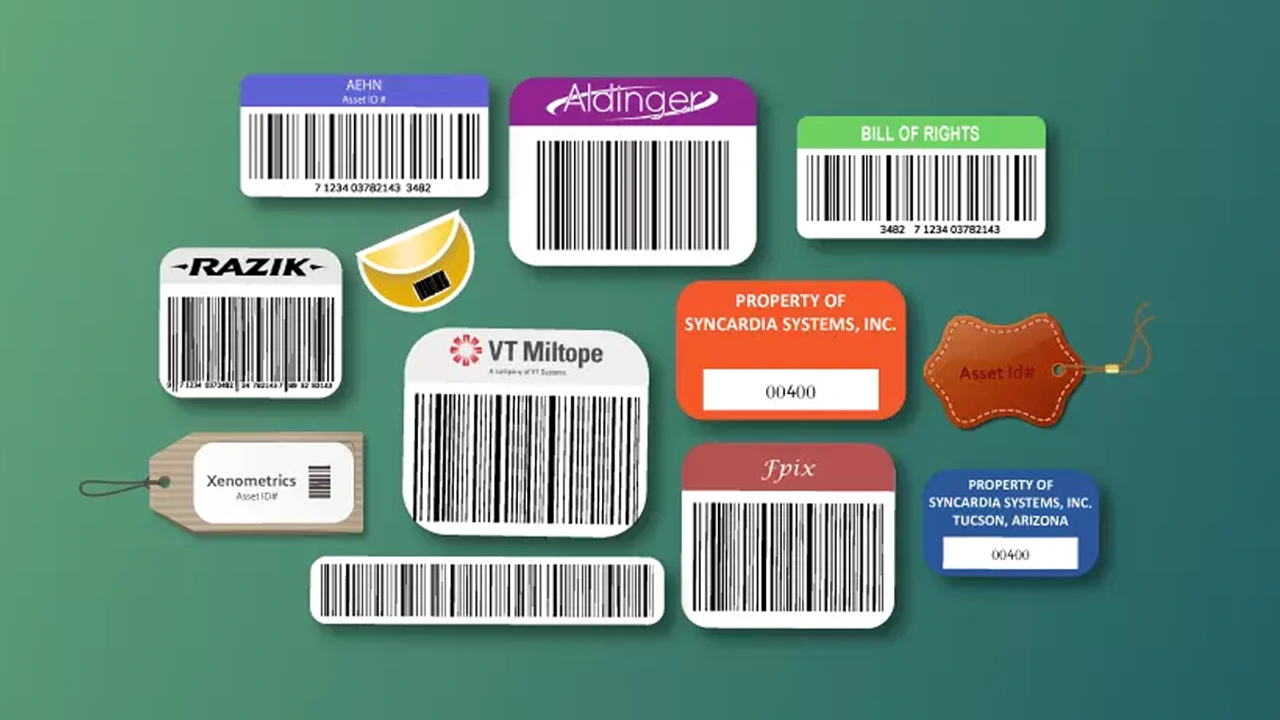Back To Blog Facebook X LinkedIn Introduction Asset tags, also known as asset labels, are identification labels used to track and manage physical assets. They typically contain unique information such as serial numbers, barcodes, or QR codes that help businesses keep track of equipment, tools, and other valuable items. Asset tags are widely used across industries like healthcare, education, manufacturing, and IT. They improve inventory management, reduce loss and theft, and streamline maintenance schedules. Why Are Asset Tags Important? Asset tags offer several benefits, including: Loss Prevention: Labels deter theft and make it easier to recover lost or stolen equipment. Efficient Tracking: Barcodes and QR codes allow businesses to scan and log asset information quickly. Improved Maintenance: Tags help track service history and maintenance schedules. Compliance & Auditing: Many industries require accurate asset tracking for regulatory compliance. Cost Savings: Reducing asset loss and improving inventory accuracy can save businesses money. Types of Asset Tags Barcode Asset Tags ✅Feature a unique barcode that can be scanned for quick tracking. ✅Often used in retail, healthcare, and IT asset management. ✅Compatible with inventory software systems. Learn More QR CodeAsset Tags ✅Similar to barcode tags but store more information. ✅Can be scanned with smartphones, eliminating the need for special scanners. ✅Useful for linking to online asset databases or maintenance logs. RFID Asset Tags ✅Contain a microchip that transmits data wirelessly to an RFID reader. ✅Ideal for large warehouses or businesses that need real-time asset tracking. ✅More expensive but highly efficient in high-volume environments. Tamper Evident Asset Tags ✅Designed to show signs of tampering if someone tries to remove them. ✅Typically used for high-security assets like government equipment or confidential materials. ✅Available in destructible vinyl or VOID material. Asset Label Materials The material of an asset tag determines its durability and suitability for different conditions. 1. Polyester Water-resistant and durable. Suitable for indoor and light outdoor use. Can be laminated for extra protection. 2. Vinyl Flexible and cost-effective. Good for general-purpose labeling. Available in tamper-proof versions. 3. Aluminum Foil Extremely durable and resistant to chemicals, heat, and corrosion. Ideal for industrial and outdoor use. 5. Paper-Based Tags Low-cost and temporary. Used for short-term tracking, event management, or disposable applications. Asset Sticker Finishes Different finishes can enhance durability, readability, and aesthetics. 1. Matte Finish Reduces glare and improves barcode readability. Ideal for scanning in different lighting conditions. 2. Gloss Finish Offers a shiny, professional look. Provides resistance against moisture and dirt. 3. Laminated Finish Adds an extra protective layer. Helps prevent fading, scratching, and wear over time. 4. Anodized Finish (for Metal Tags) Provides extra durability and resistance to corrosion. Ideal for long-term asset management. Asset Tag Personalisation Options Many businesses prefer customized asset tags to match their branding and tracking needs. Here are common customization options: 1. Company Logo and Branding Adds a professional look and reinforces brand identity. 2. Sequential Numbering Helps with unique identification and tracking. 3. Variable Data Printing Allows for different barcodes, QR codes, or serial numbers on each tag. […]
Monthly Archives: February 2025
Back To Blog Facebook X LinkedIn Introduction Whether you’re a small business, a large corporation, or an educational institution, choosing the correct plastic card printer for your needs is essential. ID cards are more than just identification—they enhance security, improve access control, and create a professional image for your organization. But with so many models available, choosing the right ID card printer can be overwhelming. Do you need fast, high-volume printing? Or is security and smart card encoding more important? Perhaps you’re looking for a cost-effective, beginner-friendly option. To help you decide, we’ve reviewed five top-performing ID card printers: Magicard 300 – Secure and reliable printing. Smart 51 – Fast, high-volume card production. Smart 81 – High-definition retransfer printing. Magicard Pronto 100 – Compact and affordable for small businesses. Smart 31 Bundle – A complete starter kit with everything you need. Magicard 300 – Secure and Reliable The Magicard 300 Printer is a high-quality ID card printer designed for businesses needing secure and professional ID cards. Key Features: ✅ High-Quality Printing – Produces crisp images and sharp text at 300dpi resolution.✅ Security – Built-in HoloKote® watermark adds an extra layer of security.✅ Speed – Prints up to 160 full-color cards per hour.✅ Connectivity – USB and Ethernet for easy integration into office setups. Best Use Case: Perfect for businesses and schools requiring secure, high-quality ID cards for employees and students. Smart 51 – Fast and Durable The Smart 51 printer is a versatile and efficient ID card printer designed for high-volume printing. Key Features: ✅ Fast Printing – Prints 225 color cards per hour, great for bulk printing.✅ Durability – Sturdy design for long-lasting performance.✅ Security Options – Magnetic stripe encoding and optional lamination module. Best Use Case: Ideal for corporations and government agencies that need large-scale card issuance. Smart 81 – High-Definition Retransfer Printing The Smart 81 printer is a premium retransfer ID card printer designed for sharp, high-definition images. Key Features: ✅ Superior Print Quality – Uses retransfer technology for sharp, edge-to-edge images.✅ Dual-Sided Printing – Prints detailed designs on both sides.✅ Smart Card Encoding – Supports contact and contactless smart cards. Best Use Case: Best for government agencies, corporate ID badges, and universities requiring detailed and durable cards. Magicard Pronto 100 – Compact and Affordable The Magicard Pronto 100 is a small but powerful printer for businesses needing an affordable ID card solution. Key Features: ✅ Edge-to-Edge Printing – Vibrant colors and sharp text for professional-looking cards.✅ Compact Design – Takes up minimal desk space.✅ Security – Includes HoloKote® watermark for visual security. Best Use Case: Great for small businesses, clubs, and organizations that need on-demand ID printing. Smart 31 Bundle – The Complete ID Printing Package The Smart 31 Printer Bundle is an all-in-one solution for organizations needing a hassle-free ID printing setup. What’s Included? Smart 31 ID Card Printer – A reliable and easy-to-use printer. Blank Plastic Cards – High-quality, durable PVC cards. Full-Color Ribbon – Ensures vibrant and professional prints. Card Design Software – […]
Back To Blog Facebook X LinkedIn Introduction MIFARE® cards are among the most widely used contactless smart cards in the world. From access control to public transport, these cards offer a secure and efficient way to store and exchange data. This guide will walk you through the basics of MIFARE technology, its types, and where it is commonly used. What are MIFARE® Cards? MIFARE is a brand of RFID-based smart cards developed by NXP Semiconductors. These cards use Near Field Communication (NFC) technology to enable wireless communication with card readers. Because of their reliability and versatility, MIFARE cards are used in various industries, including security, transportation, and event management. Types Of MIFARE ® Cards MIFARE ® Classic MIFARE Classic cards are one of the first and most commonly used smart card types under the MIFARE family. Operating on a 13.56 MHz frequency, it provides basic encryption, making it suitable for low-security applications. However, due to known security vulnerabilities, it is gradually being replaced by more secure alternatives. Despite this, it remains widely used in public transport systems, event ticketing, and other applications where security is not the primary concern. One of the earliest and most commonly used MIFARE cards. Uses a 13.56 MHz frequency. Features basic encryption but has known security vulnerabilities. Ideal for low-security applications like public transport and event ticketing. MIFARE ® DESfire MIFARE DESFire cards are designed for secure transactions and high-security applications. It supports AES-128 encryption, ensuring strong protection against unauthorized access. This type of card is widely used in corporate access control, electronic passports, and government-issued identification cards. Its advanced security measures make it an ideal choice for organizations that require robust authentication and data protection. Designed with advanced security features. Supports AES-128 encryption for secure transactions. Used in high-security applications such as corporate access control and government ID programs. MIFARE ® Ultralight MIFARE Ultralight cards are a cost-effective solution tailored for temporary or disposable use cases. These cards have limited memory capacity but are sufficient for applications such as event ticketing and single-use transit passes. They are widely used in short-term solutions where data storage needs are minimal but affordability is a priority. A cost-effective option for disposable or temporary use. Often used in event ticketing and public transport. Limited memory capacity but sufficient for simple applications. MIFARE ® Plus MIFARE Plus serves as a security-enhanced replacement for MIFARE Classic. It offers AES encryption to prevent unauthorized access, making it more secure while remaining cost-effective. This type of card is suitable for organizations that need a balance between affordability and security, such as universities, public transportation systems, and corporate access control. An upgrade to MIFARE Classic with enhanced security. Uses AES encryption to prevent unauthorized access. Suitable for applications requiring a balance between affordability and security. Common Uses For MIFARE® Cards? MIFARE cards are used in various sectors due to their convenience and security. Here are some of the most common applications: Public Transportation: Many cities use MIFARE cards for metro, bus, and train […]




